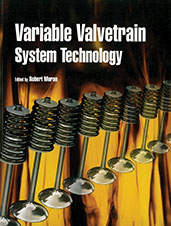Technical Paper
Development of a Multiple Injection Strategy for Heated Gasoline Compression Ignition (HGCI)
2023-04-11
2023-01-0277
A multiple-injection combustion strategy has been developed for heated gasoline direct injection compression ignition (HGCI). Gasoline was injected into a 0.4L single cylinder engine at a fuel pressure of 300bar. Fuel temperature was increased from 25degC to a temperature of 280degC by means of electric injector heater. This approach has the potential of improving fuel efficiency, reducing harmful CO and UHC as well as particulate emissions, and reducing pressure rise rates. Moreover, the approach has the potential of reducing fuel system cost compared to high pressure (>500bar) gasoline direct injection fuel systems available in the market for GDI SI engines that are used to reduce particulate matter. In this study, a multiple injection strategy was developed using electric heating of the fuel prior to direct fuel injection at engine speed of 1500rpm and load of 12.3bar IMEP.

